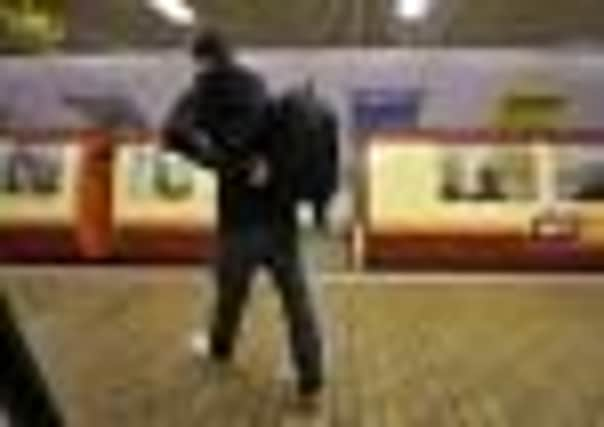Scents and the city: Glasgow’s odour map revealed


Kate McLean has spent weeks sniffing around Scotland’s largest city in order to compile a revolutionary map of Glasgow which was unveiled yesterday at the Glasgow Science Centre.
The designer has created a new way of looking at cities and towns around the world by tracking familiar odours such as, in Glasgow’s case, the carbolic soap scent of its tenement stairwells or the whiff of the city’s subway. Where previously maps showed Glasgow’s highways, landmarks, hills and rivers, McLean’s Sensory Maps project recorded residents and visitors’ experiences of the city’s smells.
Advertisement
Hide AdAdvertisement
Hide AdThe result is a multi-coloured map depicting how the city smells. The ten dominant scents of the city have been represented by a series of different coloured dots arranged in distorted contour circles charting the flow of aromas around Glasgow.


The smell most commonly associated with the city, according to the designer’s research, is that of the subway. McLean describes the scent of the “Clockwork Orange”, as the subway is known, as “a warm, humid, metallic sponge”.
Other dominant smells include the perfume of people socialising and shopping in Buchanan Street and Sauchiehall Street. The scent of hot Bovril hangs over the football stadiums at Firhill, Ibrox and Celtic Park.
As part of her research McLean interviewed residents, conducted surveys and toured the city, including spending time “sniffing” around the Necropolis, Glasgow’s Victorian cemetery, which, like much of the city’s green spaces smelled of “wet moss”.
The Glasgow smell map is McLean’s biggest project to date. She drew upon the recommendations from the city’s commuters, residents, workers, tourists, and the city council.
McLean had previously created smell maps of Paris, Edinburgh, Newport (Rhode Island, USA) and the smelliest block of Manhattan. Yesterday she said that, compared with windy Edinburgh, where the city’s smells are spread over several miles, Glasgow’s rainy weather means its smells stay in the area they are created.
McLean has bottled the smells featured on the map for visitors to sniff at Glasgow Science Centre, except one: the scent of diesel, which reflects the city’s roads and infrastructure, was deemed unsafe for visitors to smell.
Yesterday McLean said: “Smell is an unusually evocative sense in that it links almost directly with the area of our brain responsible for emotion. In creating smell maps I aim to sensitise tourists and visitors to city environments in order to create lasting memories.
Advertisement
Hide AdAdvertisement
Hide Ad“I believe the most precious moments of travel are captured and carried with us not through our cameras but through our senses. While our visual sense dominates short-term memory of places, smell has longer memory associations.”
A Glasgow City Council spokesperson said: “We’ve had many exhibitions over the years, but this is the first we’ve heard of that marks the city’s smells.”
The map will be on display at the Glasgow Science Centre until mid-September.